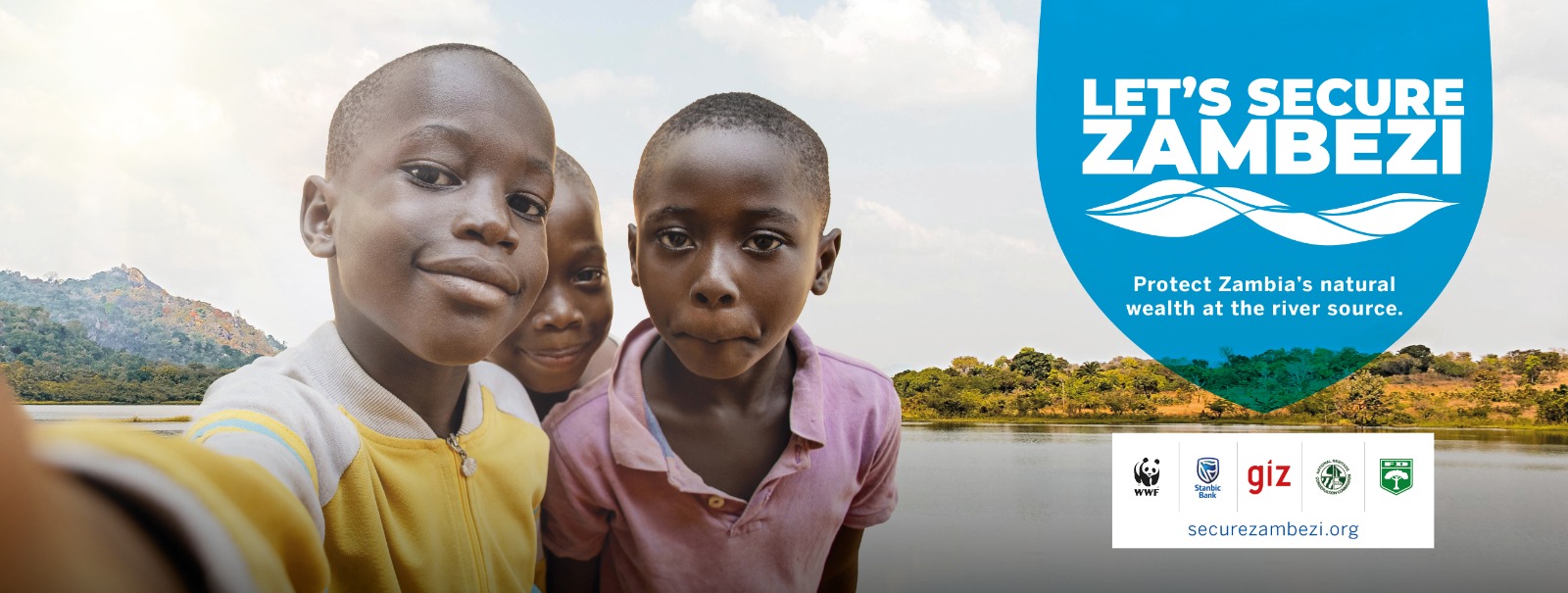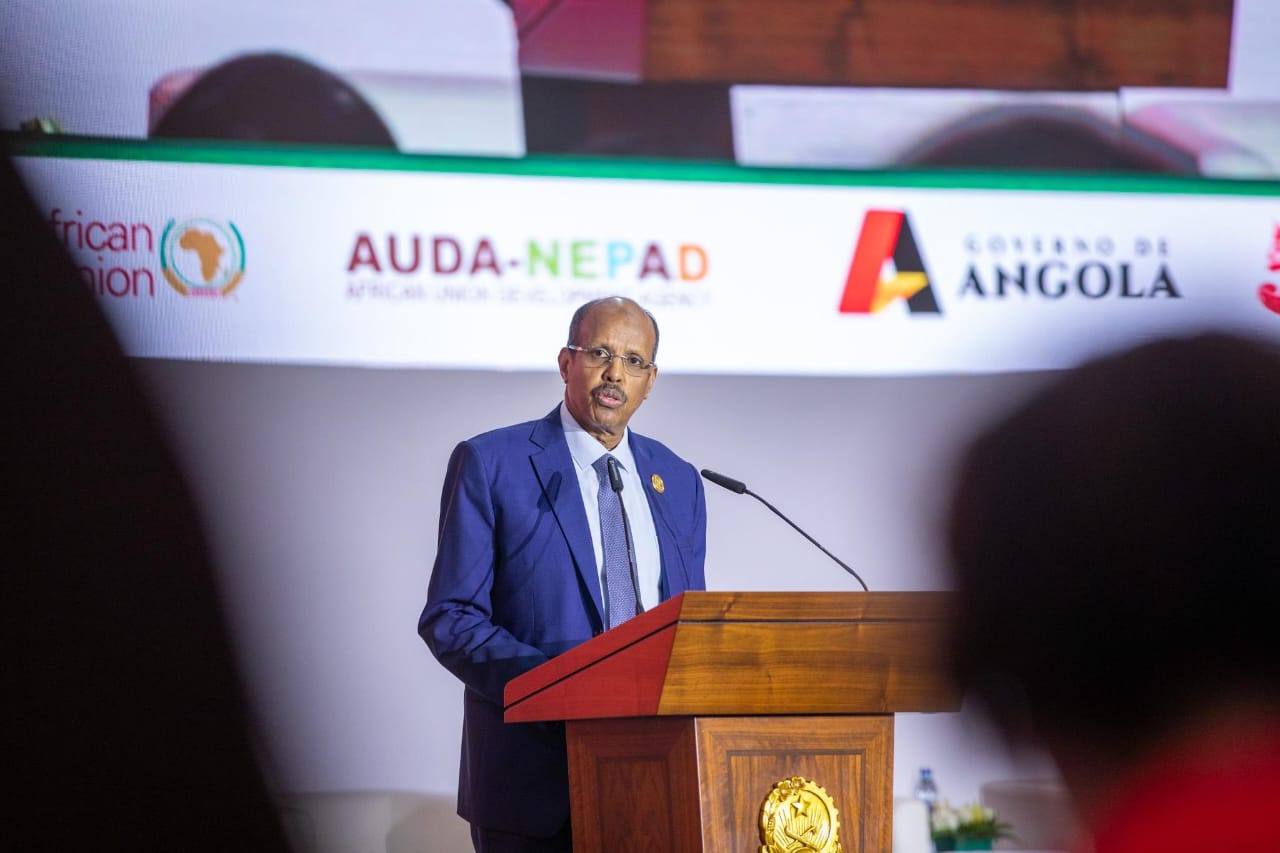By Derrick Silimina
Stanbic Bank Zambia Limited has announced that it has partnered with the World Wide Fund (WWF) for Nature to plant a total of 10,000 trees at the Zambezi River’s source in Ikelenge District to tackle the devastating effects of climate change.
Stanbic Head, Brand and Marketing Eric Ngondo said that the Bank had partnered with the WWF to plant the trees as part of the Bank’s efforts to address the distressing effects of climate change, which are partly felt in the extreme weather patterns.
Ngondo explains that the 10,000 trees are also being planted following the Bank’s pledge to plant one tree for every ticket sold at the 2023 Stanbic Music Festival (SMF), which hosted 3-time Grammy Award winning singer and song writing sensation, Ne-Yo.
Ahead of the 2023 Music Festival, and motivated by the Bank’s drive to pioneer Zambia’s first-ever environmentally friendly concert, Stanbic announced that it would plant one tree for every ticket sold as part of its efforts to tackle the effects of climate change to accelerate environmental sustainability.
In a statement to mark the continuation of the Let’s Secure the Zambezi campaign running into its second year, Stanbic Chief Executive Officer Mwindwa Siakalima said: “Ahead of the 2023 Stanbic Music Festival, we pledged that we would plant one tree for every ticket sold to music fans attending the Festival. We are proud to announce that following a successful Festival, we will plant a total of 10,000 trees at the source of the Zambezi River at Ikelenge in December, 2023. The Let’s Secure the Zambezi campaign is a critical initiative that falls under our CSR portfolio. The planting of these trees is crucial to effectively counter the effects of climate change.”
“We have all witnessed the extreme weather patterns in recent years, where we have either prolonged drought, heightened flooding, or unusually high temperatures. These have all been attributed to the effects of climate change. It is indisputable that our planet is getting hotter.”
Siakalima emphasised that planting trees will help combat climate change by reducing carbon dioxide emissions and bringing an increased supply of oxygen into our ecosystem.
He also expressed gratitude for the continued partnership with WWF Zambia for another year on this project.
“As part of our combined efforts to raise awareness of the importance of maintaining and restoring the ecosystem in and around the Zambezi River catchment area, we will be launching a documentary that demonstrates the scale of the threat the source of the river faces. Human activities and climate change are together affecting the ecological balance of an area rich in flora, fauna and wildlife. It is an area so naturally rich that it is tentatively listed as a possible world heritage site under UNESCO. The Zambezi River Source is in urgent need of rescue; and the people who live there need alternative means with which to subsist. This is why Stanbic and WWF, among others, felt it necessary to raise awareness around this issue, which is of national and international significance,” Siakalima stated.
WWF Zambia Country Director, Nachilala Nkombo said the planting of the 10,000 trees can never be actualised without the involvement of the community because they will need to be nurtured to health.
“We’re delighted to continue on this journey for environmental sustainability with Stanbic to secure our most precious water resource, the Zambezi. The Let’s Secure the Zambezi campaign will limit the damage of deforestation in Ikelenge District and the surrounding area & promote environmental conservation. This action will have beneficial effects not only for people in Ikelenge, but also the millions of people that depend on the Zambezi River in Zambia, Angola, Zimbabwe and Mozambique,” Nkombo said.
“The second phase of the campaign will engage a broader group of stakeholders, who include the local schools and residents of the area, with exciting activities all aimed at preserving the natural environment and ecosystem. This will include engaging local schools and community youths, who will participate in a series of activities as well as learn how to produce impact stories that can bring about awareness of climate change impacts in the communities and what they are doing to mitigate it.”
She continued: “The local, indigenous population in and around Ikelenge District are on the frontlines of this battle and enormous task of protecting and preserving the source of the Zambezi River – the lifeblood of our economy. Every sector of the economy is affected by this precious water resource. We have to act now to counter deforestation and change the course of how climate change is affecting our ecosystem. We look forward to planting the trees at the Zambezi River source next month in our collective effort of environmental conservation and water stewardship.”
The Let’s Secure Zambezi is a Stanbic Bank Zambia and WWF Zambia initiative, which aims to restore the source of the Zambezi by working with the community to plant trees and conduct awareness activities.








